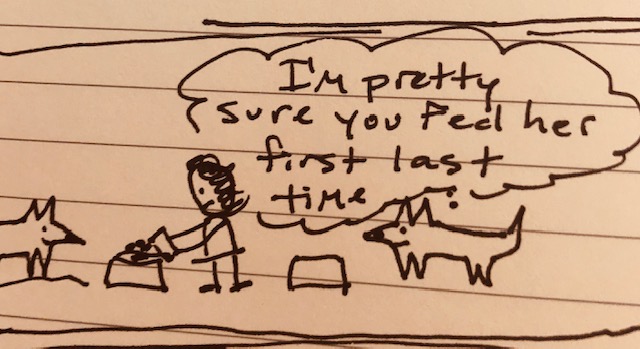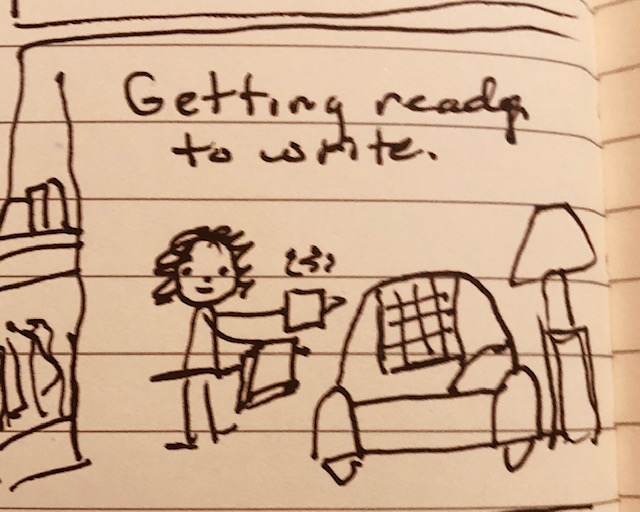
It seems like Twitter is flooded with lots of educators asking questions lately; teachers needing resources for a unit, books around a certain topic, or a lesson to teach something. I recently came across a tweet requesting prompts for journal entries for a class because the students didn’t have anything to write about.
My inner writing soul whispered, “Teach them to notice the world.”
Mary Oliver said it best, “Pay Attention. Be Astonished. Tell About it.”
What if we just modeled and taught our students what awareness was and what that looks like, sounds like and feels like? Writers have strategies to help them pay attention to the world around them, and I think that we can teach these as strategies or triggers and call them as such, rather than the latter, to get something down on the page. Awareness is a habit of mind that can be cultivated over time – every day – so that after a couple of weeks, we can just say, “Write for 20 minutes,” and students will be able to grab something because, hopefully, they have been paying attention, or else they can choose a strategy to get them started. If our goal is writing independence, wouldn’t we want them finding writing topics on their own instead of us having to provide them?
Lynda Barry’s tool for teaching students (and myself) to be more aware is pretty effective. Seriously, used daily for a week or so activates the senses to no end. Character sketches can happen constantly because people are everywhere and people are interesting. Really see someone, pay attention to their character and who they are. We write from big wonderings or noticings when we read books, listen to music or podcasts, or pay attention to the happenings going on in our world. Most of the time, if we are truly aware, just paying attention to the voices that are constantly talking in our mind should give us enough content for life.
I’ve also learned how important it is to take a good line from one of those awareness entries, just a line and to write from that, following whatever path unfolds, to find our way to new discoveries (Donald Murray taught me this). This, too, takes practice. And, modeling. Scary modeling it is, because it’s authentic and you don’t know where it will lead. Once I modeled this for my third graders starting with the smell of burnt toast and ended up writing about how it reminded me of my grandmother’s house and pretty soon I was a puddle. Geez. 28 kids sat there mesmerized. They wanted to try it.
Awareness and discovery. I really think that’s the meat of what keeps me writing.
Well, this wasn’t really a Slice of Life, but Twitter started it.
I just followed the thread.
I’m participating in twowritingteachers March 2019 Slice of Life Challenge of writing a blog post every day for the month of March. 🙂 To read the posts of other Slicers, please go here.

















